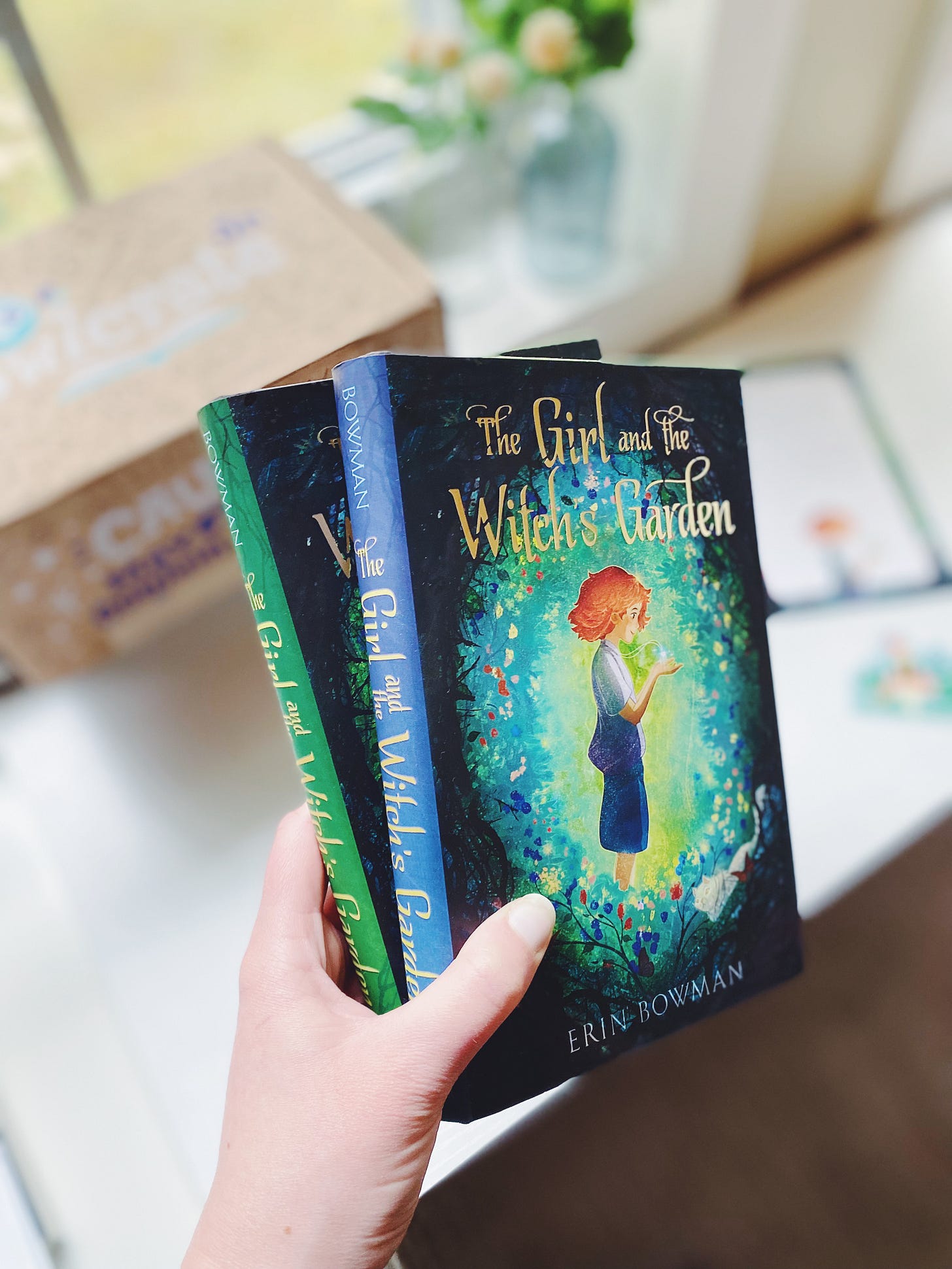The exclusivity effect
How the rise of special editions and bonus material have reshaped the book world
Before I dig in, I wanted to say a quick hello and thank you to all the new subscribers who signed up recently. My dear friend
linked to my newsletter last week, and I think many of you have come over from her Substack to give me a follow. So thank you, Sooz. And hello and thank you, new subscribers!Like Sooz, my newsletter is a blend of writing/craft …
Keep reading with a 7-day free trial
Subscribe to From the Desk of Erin Bowman to keep reading this post and get 7 days of free access to the full post archives.


